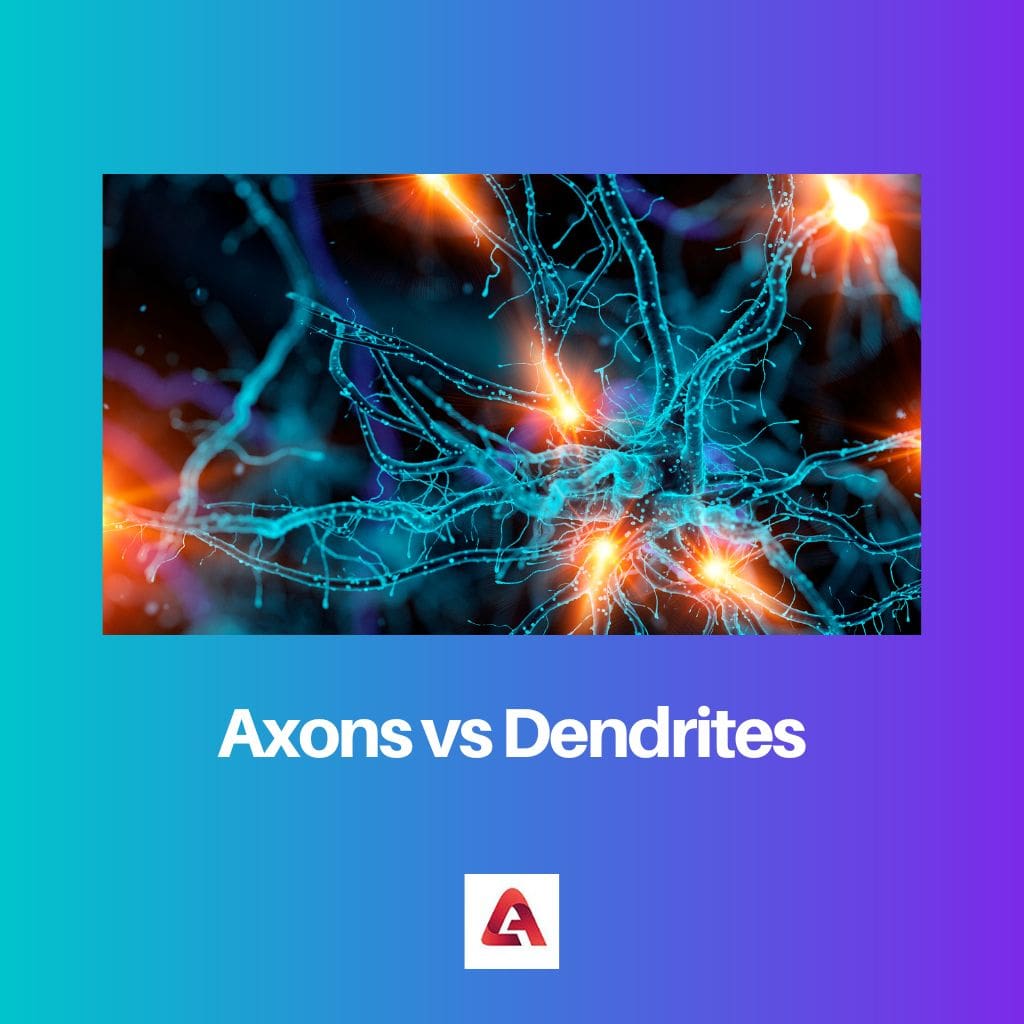
Malfunctioning of the synaptic cleft can lead to impaired signal transmission and neurological disorders.Īxons release neurotransmitters into the synaptic cleft, while dendrites receive neurotransmitters from the presynaptic neuron. What are the differences in signal transmission pathways between axons and dendrites? StepĪxons transmit signals away from the cell body, while dendrites receive signals towards the cell body.ĭamage to axons or dendrites can disrupt signal transmission and lead to neurological disorders.Īxons transmit signals through electrical impulses, while dendrites transmit signals through chemical signals.Ībnormal electrical activity in axons can cause seizures or other neurological disorders.Īxons transmit signals across the synaptic cleft to the postsynaptic membrane, while dendrites receive signals from the presynaptic neuron.

What is the importance of input/output differentiation in understanding the roles of axons and dendrites?.What can synaptic connection analysis tell us about the function of axons and dendrites?.What are the differences in signal transmission pathways between axons and dendrites?.

Understand membrane potential regulation.Īxons and dendrites regulate their membrane potential to control the flow of electrical signals.ĭisruption of membrane potential regulation can lead to neurological disorders. Learn about dendritic arborization patterns.ĭendrites have complex branching patterns that allow them to receive signals from multiple neurons.Ībnormal dendritic arborization can lead to developmental disorders. Learn about input/output differentiation.Īxons are responsible for output, while dendrites are responsible for input.Īxons use a specialized transport system to move materials from the cell body to the axon terminal.ĭisruption of axonal transport can lead to neurodegenerative diseases. Understand neural communication mechanisms.Īxons use action potentials to transmit signals, while dendrites use graded potentials to receive signals. Learn about information processing units.Īxons are responsible for transmitting information from one neuron to another, while dendrites are responsible for receiving and processing information from other neurons. Understand electrical impulses conduction.Īxons conduct electrical impulses rapidly and over long distances, while dendrites conduct electrical impulses more slowly and over shorter distances.Īxons form synapses with other neurons or muscles, while dendrites receive synapses from other neurons. Learn about signal transmission pathways.Īxons transmit signals to other neurons or to muscles, while dendrites receive signals from other neurons. Understand the difference between axons and dendrites.Īxons are long, thin fibers that transmit electrical impulses away from the cell body, while dendrites are shorter, branching fibers that receive signals from other neurons. Discover the Surprising Differences Between Axon and Dendrite in Neuroscience Tips – Learn More Now! Step


 0 kommentar(er)
0 kommentar(er)
